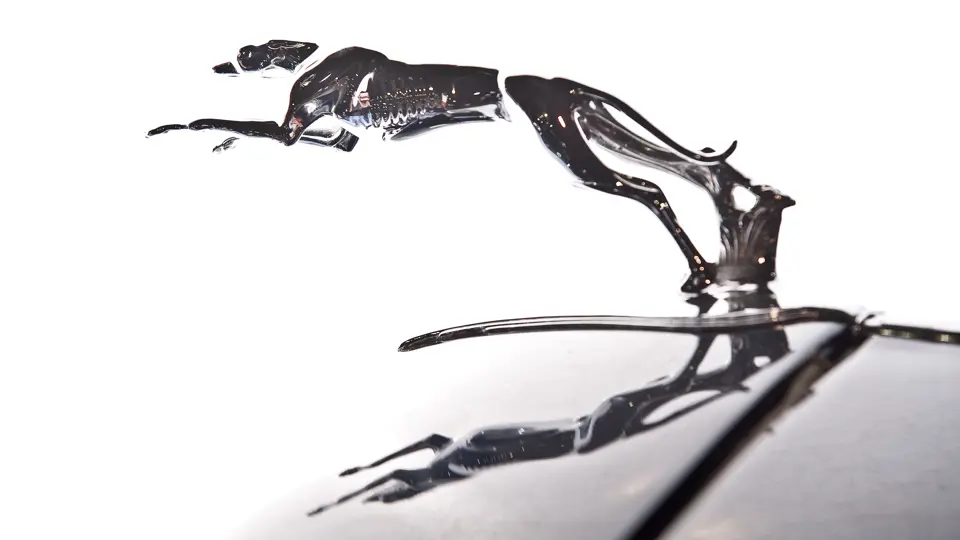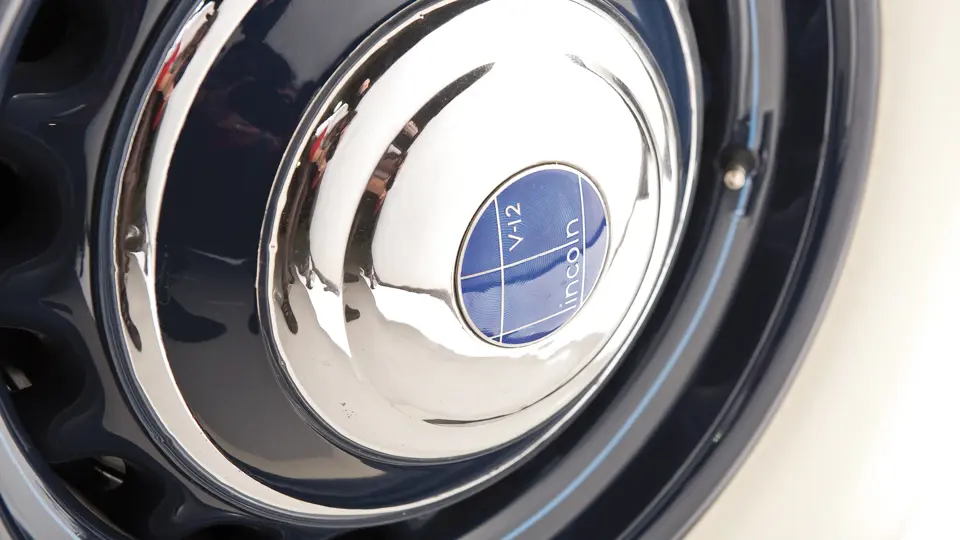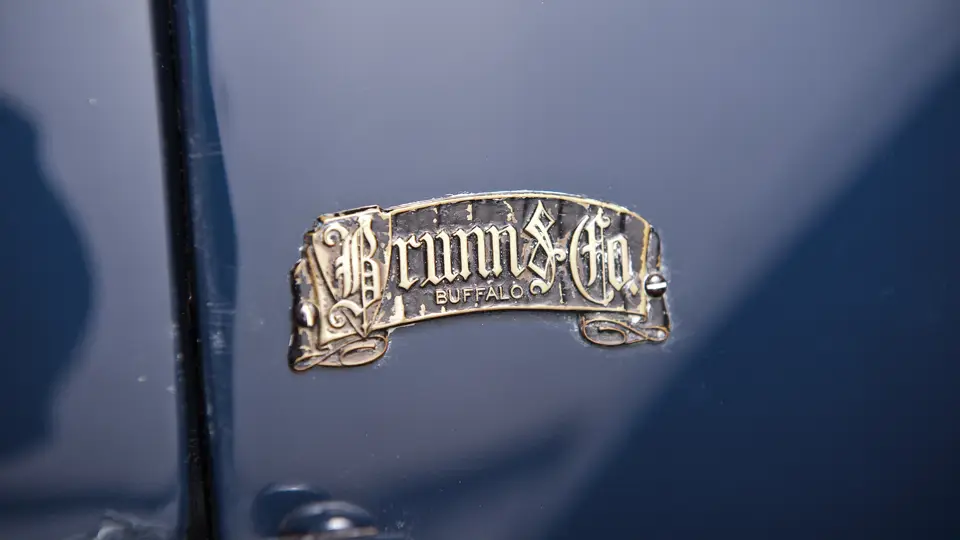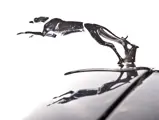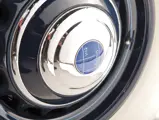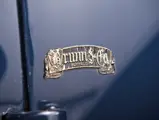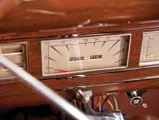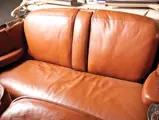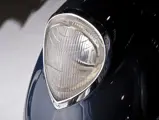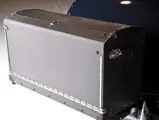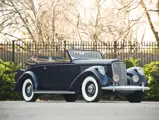Body Style 408. 150 bhp, 414 cu. in. L-head V-12 engine, three-speed manual transmission, solid front axle and live rear axle with semi-elliptic leaf springs, and four-wheel power-assisted mechanical drum brakes. Wheelbase: 136"
- Offered from the Estate of John O’Quinn
- “Weiss” Convertible Victoria features carried over to this Body Style 408
- One of only eight production models built
Of all the coachbuilders to body Lincoln chassis, none is so closely associated with the marque than Brunn & Co. of Buffalo, New York. The association began well before Henry Ford’s purchase of the ailing Lincoln Motor Company, in the era of founder Leland.
After the Ford takeover, Hermann A. Brunn and Edsel Ford hit it off very well, and new designs from Buffalo continued. Small orders were built at Brunn’s workshops, but larger quantities were shopped out to Detroit-area companies. At its peak, Brunn & Co. employed 150 craftspeople and turned out some 20 bodies per month, mostly destined for Lincoln. In order to continue the tradition, Brunn sent his only son, Hermann C. Brunn, to Paris to apprentice with Kellner. The younger Brunn returned a year later well versed in the carriage trade and joined his father’s company.
Edsel Ford preferred that his suppliers specialize in certain types of bodies. Thus Judkins was assigned berlines and coupes, Willoughby the limousines and LeBaron the convertible sedans. Brunn was given the task of specializing in town cars and convertibles: soft-top broughams, cabriolets, victorias and dual-cowl phaetons.
From 1933, Brunn supplied to Lincoln a series of elegant Convertible Victorias with blind rear quarters. The style had been a staple of Waterhouse, the Webster, Massachusetts coachbuilder, but when Waterhouse foundered in 1932, Edsel Ford lobbied to keep the body type alive. The result was acquisition of the Waterhouse design rights by Brunn and continuation of the style through 1937. One can easily see the effect this might have had on the genesis of Edsel’s Lincoln Continental.
Late in 1937, Brunn received an order for a special Convertible Victoria for Walter E. Weiss, president of the Pittsburgh-based Sterling Drug chain. To be built on the 145-inch chassis, it featured a vee windshield and retractable rear quarter glass, the first instance of the chrome-edged convertible quarter windows that eventually became the industry standard. In 1937, no manufacturers offered convertible coupes with rear quarter windows except Hudson, and theirs were really side curtains that were fastened to the canvas top and went down with it.
Other innovations on the Weiss Convertible Victoria were rear fender skirts and teardrop chrome-edged step plates in place of running boards. A lighted Lalique glass mascot replaced the customary Lincoln greyhound. The “car was certainly one of a kind,” wrote Hermann Brunn, the younger, 40 years later. However, he and his father liked some of its features, and the windows appeared on the flat-windshield, short-wheelbase style 408 Convertible Victoria cataloged for the 1938 model year. Just eight were built.
This car is one of those eight flat-windshield Victorias. Painted Washington Blue, it is upholstered in dark saddle leather and has a tan Haartz canvas top. The Convertible Victorias were built both with and without side-mounts. This one does not have side-mounts, the spare being kept in the enclosed trunk instead. In addition, it has an accessory trunk rack and trunk mounted above the rear bumper. The paint and chrome are both excellent, and the engine compartment is nicely detailed, with any blemishes only visible on closer examination. Current indicated mileage stands at about 54,000.
This car received the Gordon Buehrig Award at the 2008 Auburn Concours d’Elegance for the Most Elegant Convertible. An imposing and downright stunning design, it is not only rare but a perfect entrant for a wide variety of shows where its Brunn coachwork is sure to impress.

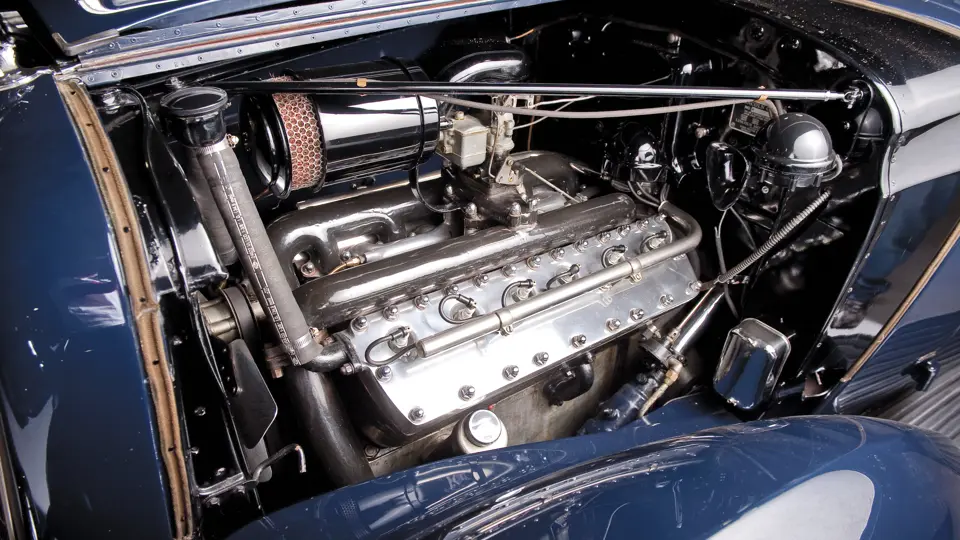


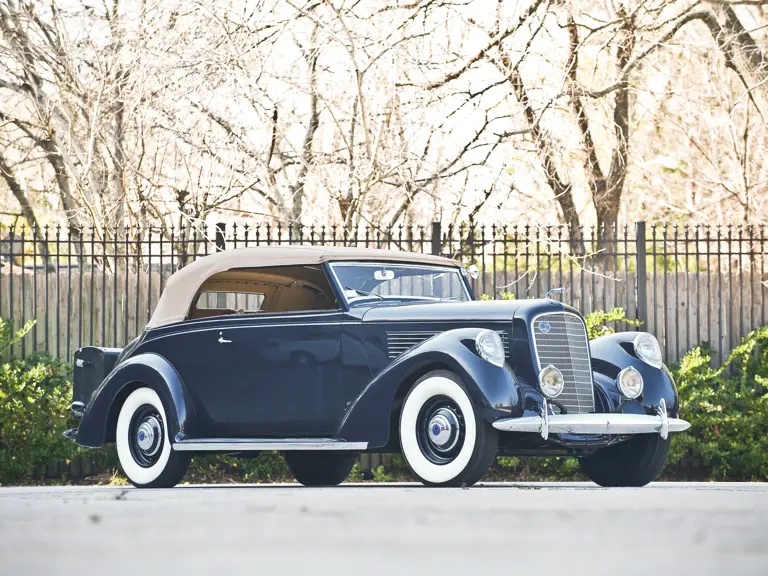
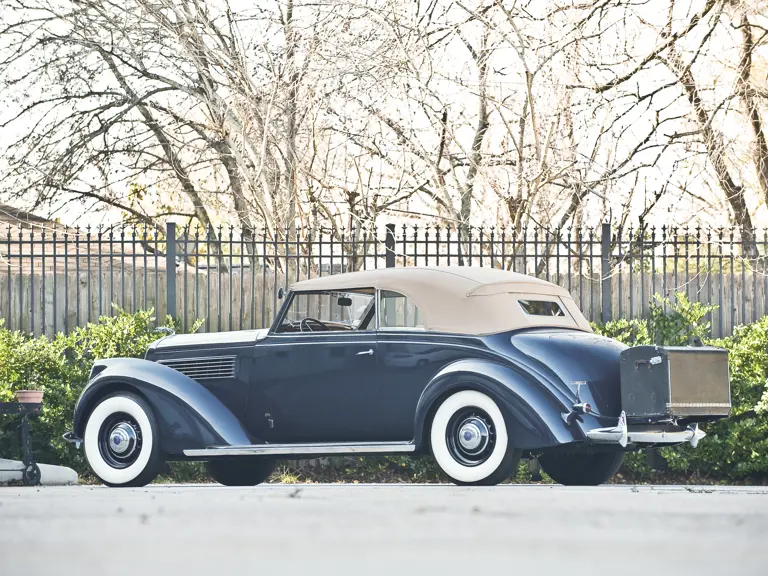
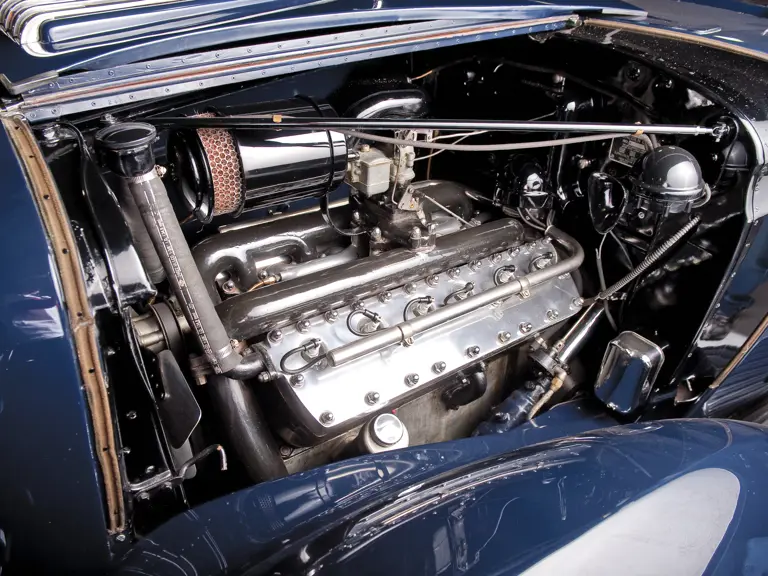
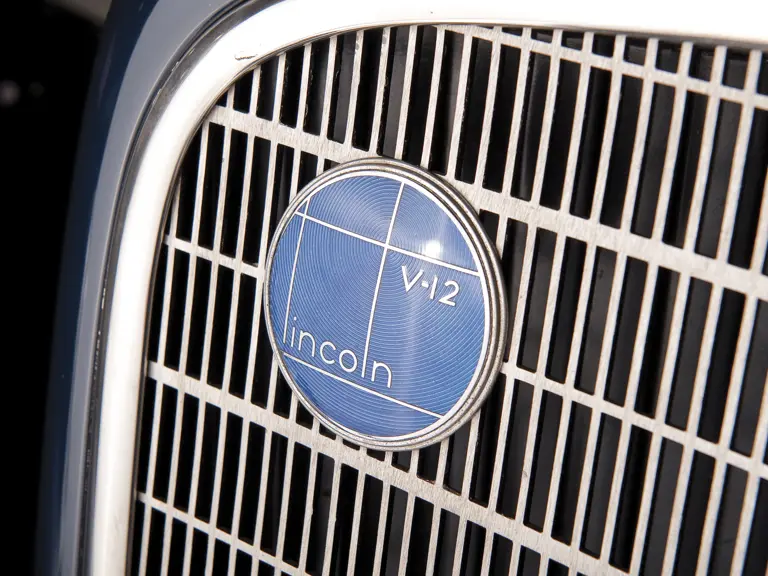
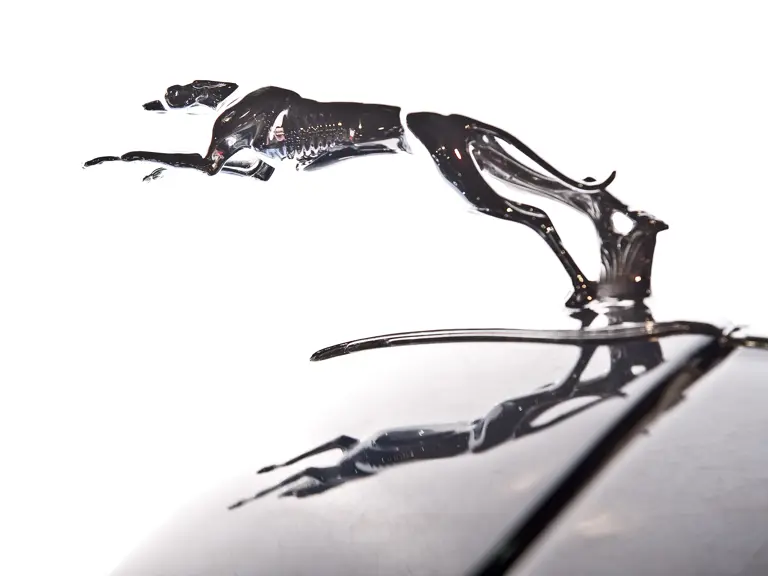
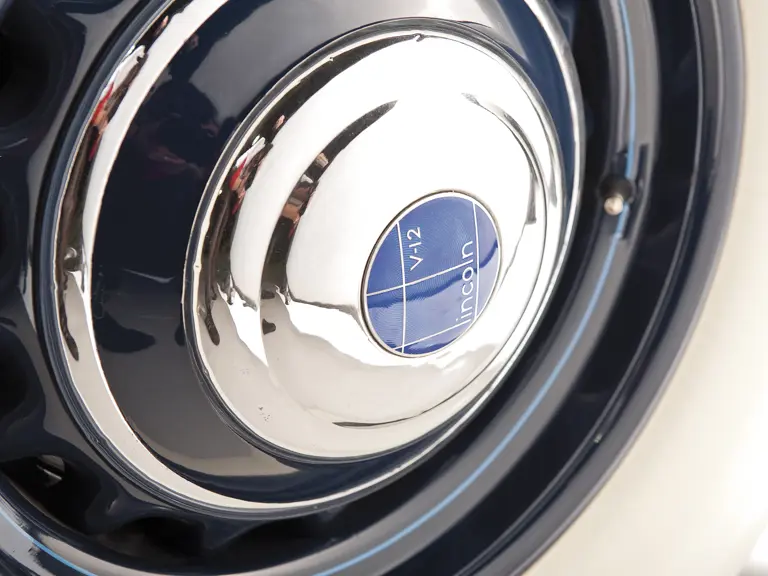

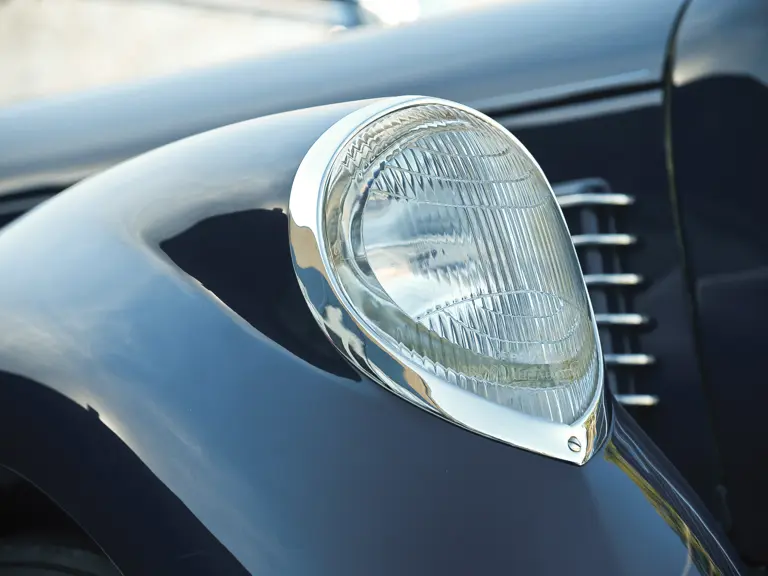
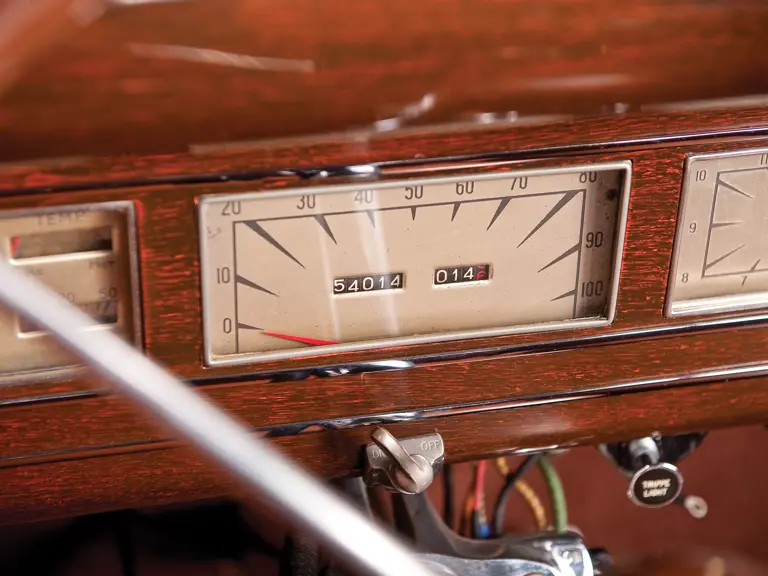
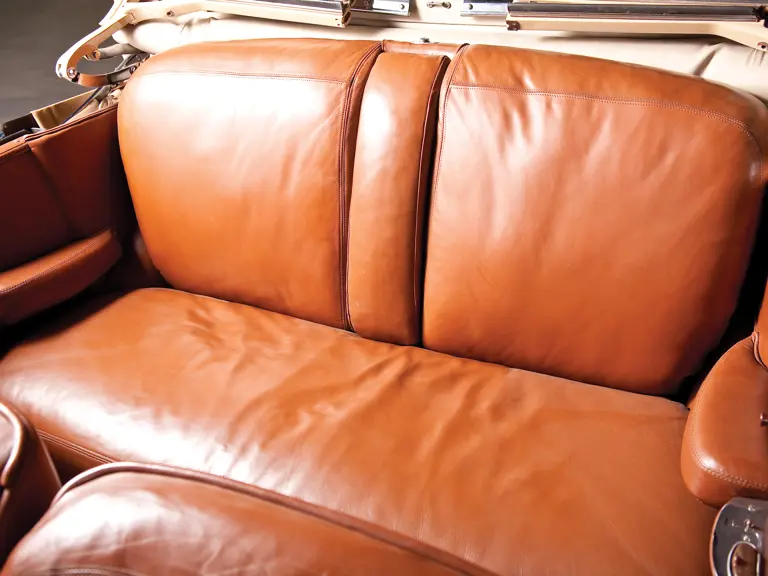
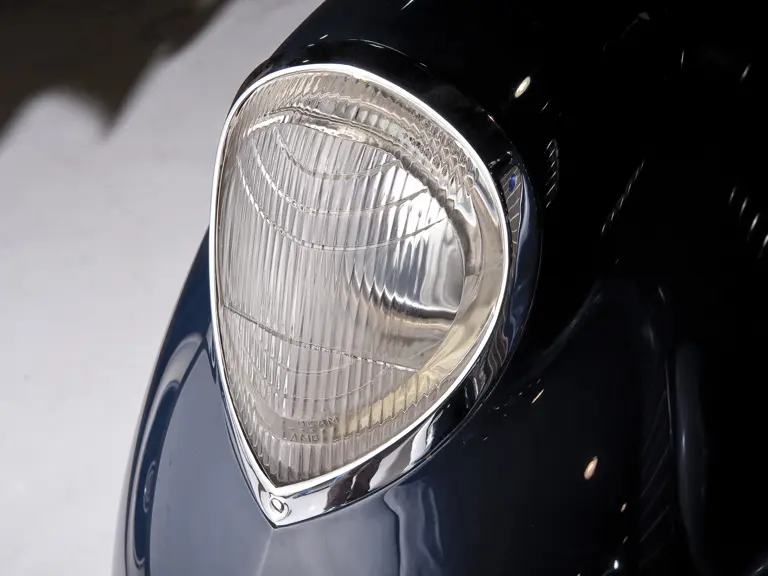

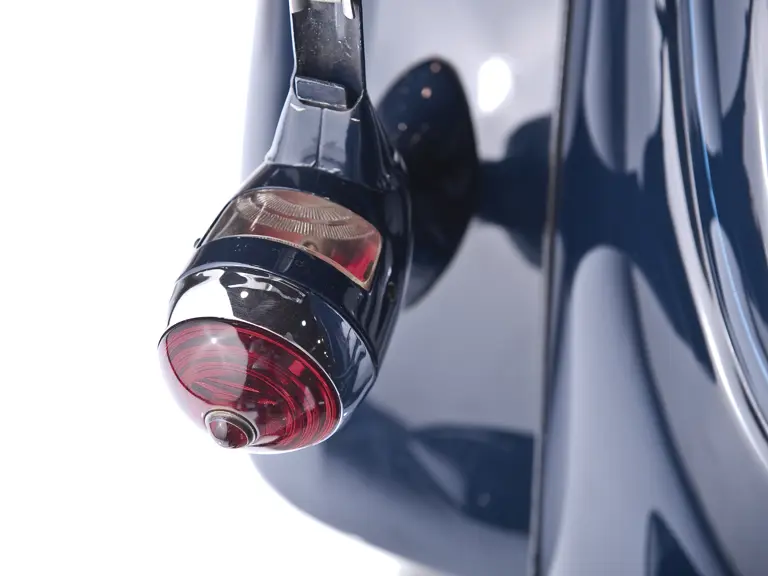
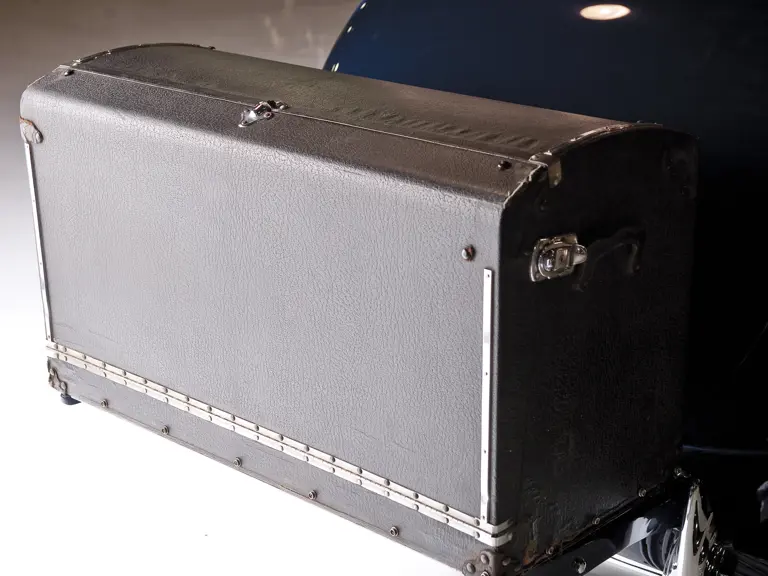

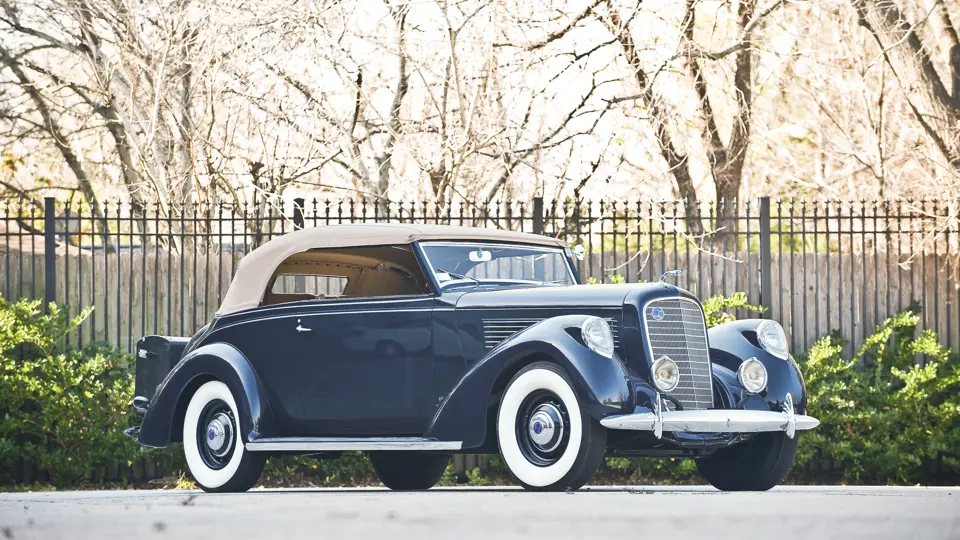
 | Hershey, Pennsylvania
| Hershey, Pennsylvania
